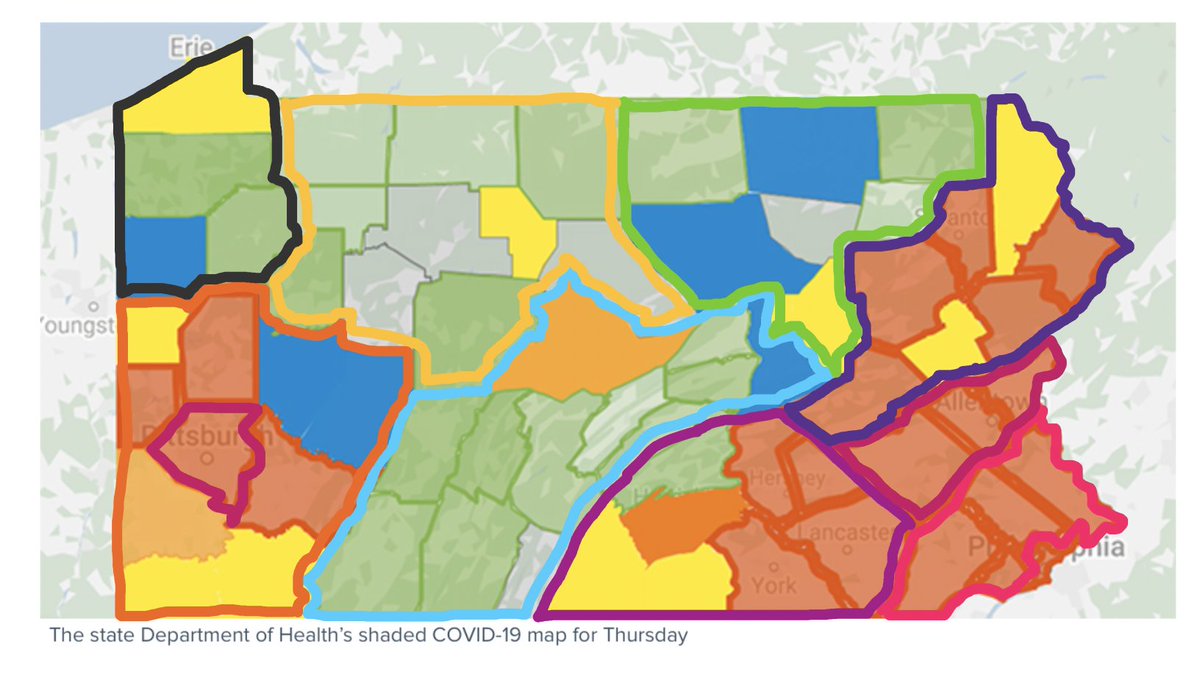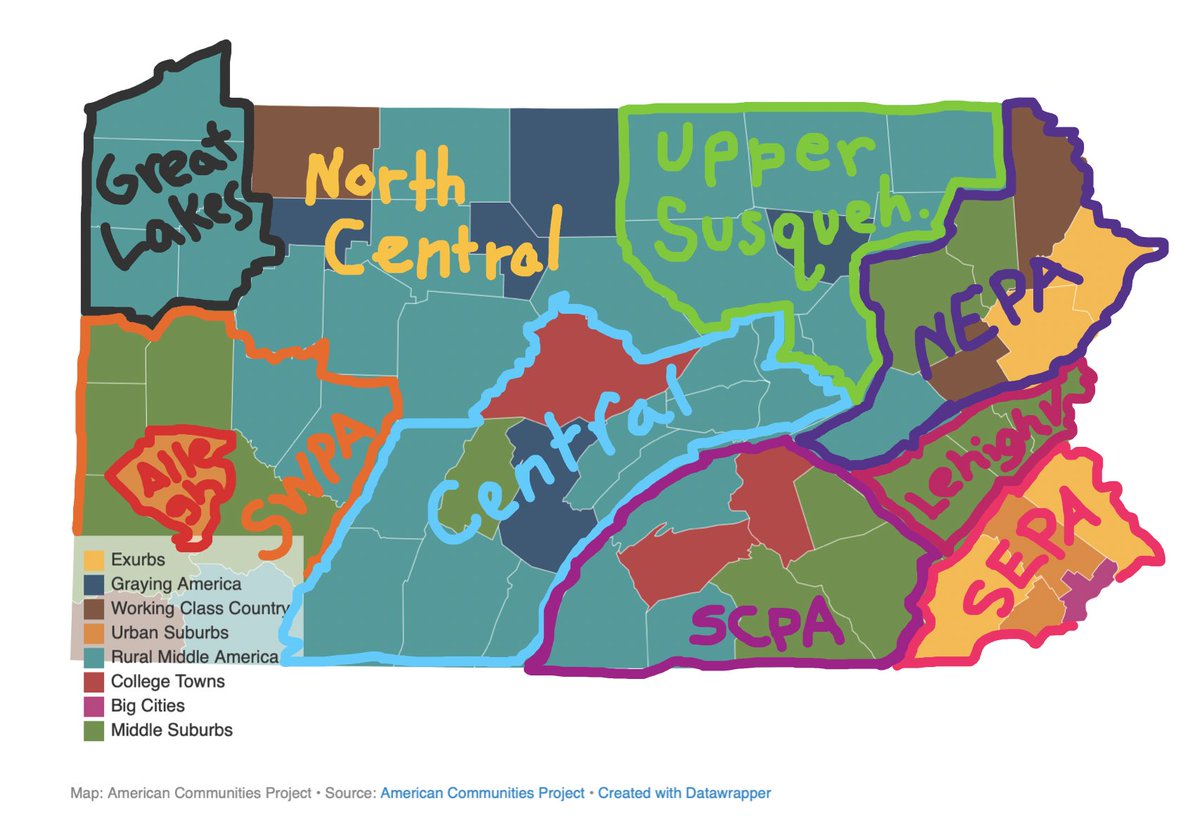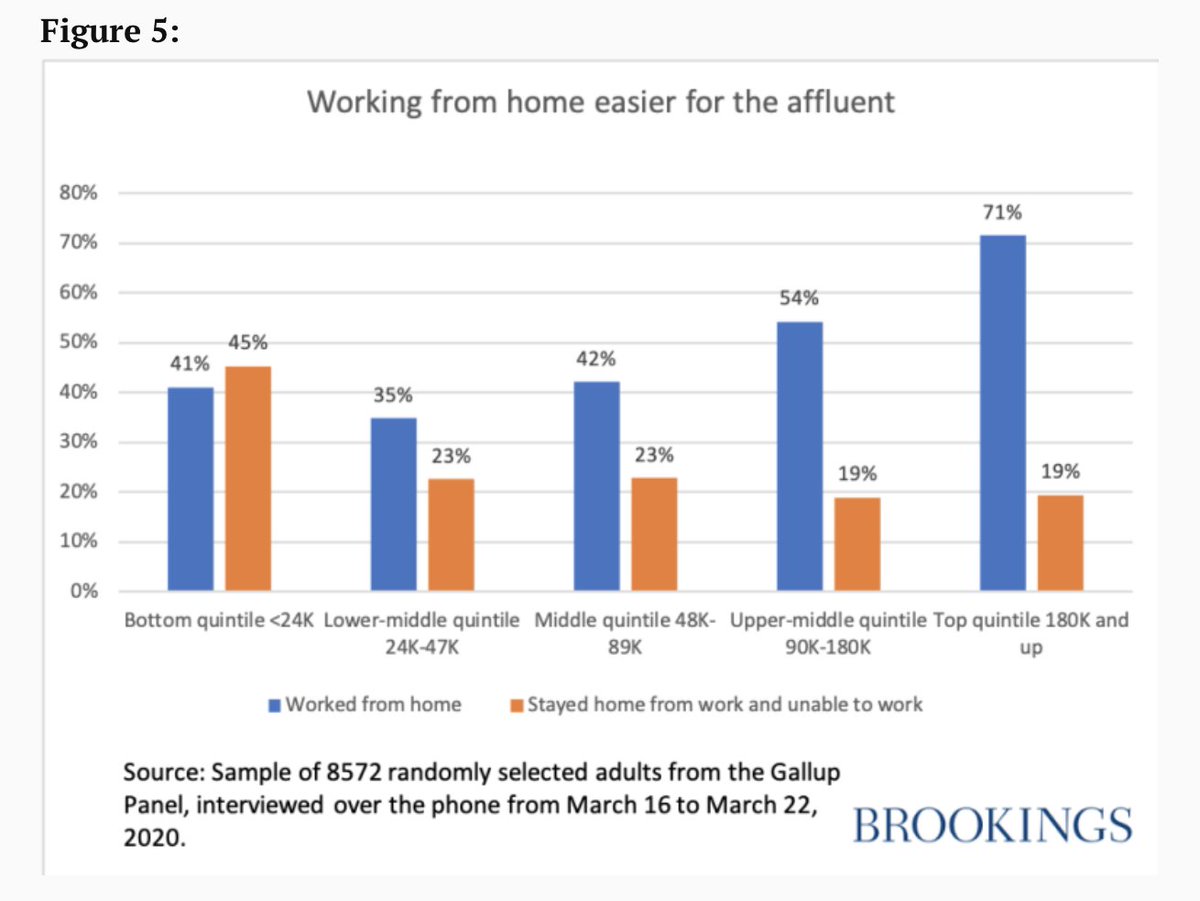









Keep Current with Lara Putnam
This Thread may be Removed Anytime!
Twitter may remove this content at anytime, convert it as a PDF, save and print for later use!

1) Follow Thread Reader App on Twitter so you can easily mention us!
2) Go to a Twitter thread (series of Tweets by the same owner) and mention us with a keyword "unroll"
@threadreaderapp unroll
You can practice here first or read more on our help page!



![Screenshot of a news headline: “[Op-ed] Why Vietnam has been the world’s number 1 country in dealing with coronavirus<br />
<br />
While other countries have dithered, Vietnam’s response to Covid-19 has been swift, sharp and effective”](https://pbs.twimg.com/media/ESjvKWiUUAEGprI.jpg)